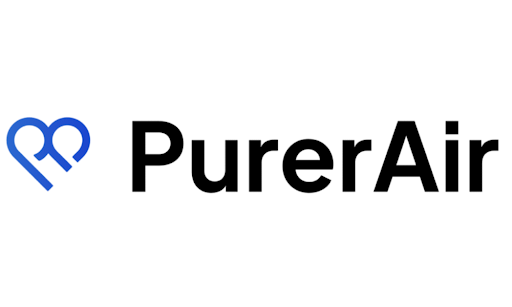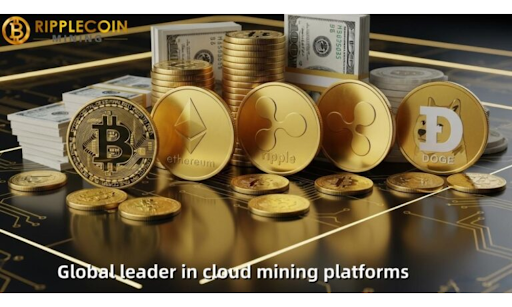Google Cloud Enters Blockchain Competition With Neutral Financial Infrastructure Platform

Google Cloud announced the launch of its Google Cloud Universal Ledger (GCUL), a Layer 1 blockchain designed specifically for financial institutions. Rich Widmann, Global Head of Web3 Strategy at Google Cloud, shared details about the platform in a LinkedIn post on Tuesday. FX Leaders reports that GCUL is currently in private testing and supports Python-based smart contracts.
The platform focuses on compliance and accessibility through a single API interface. Google aims to provide fast and low-cost transactions while adhering to KYC regulations. CME Group, one of the world's largest commodities exchanges, has already completed the first phase of integration testing with GCUL. The companies describe the technology as a step toward low-cost, 24/7 settlement for tokenization and wholesale payments.
Google Cloud expects to launch full services by 2026. The platform positions itself as neutral infrastructure that any financial institution can use without concerns about strengthening competitors.
Why This Blockchain Launch Matters
Google's entry into Layer 1 blockchain development represents a major shift for the technology giant. The company brings its massive cloud infrastructure and global reach to the blockchain payments sector. GCUL addresses a specific need in financial markets where institutions require neutral platforms for digital asset transactions.
CoinDesk reports that financial institutions often hesitate to use blockchain platforms controlled by direct competitors. Google's neutral positioning removes this barrier, allowing banks and payment providers to adopt the technology without strategic concerns. The CME Group partnership validates GCUL's potential for institutional-grade applications in derivatives markets and asset tokenization.
The Python programming language support makes GCUL accessible to a broader developer community. Most existing blockchain platforms use Solidity or other specialized languages, creating barriers for traditional financial institutions with Python-skilled teams.
Competitive Landscape and Industry Impact
GCUL enters a rapidly developing market where major technology companies are building specialized blockchain infrastructure. Stripe is developing Tempo, a high-performance blockchain focused on merchant payments and Ethereum compatibility. Circle announced Arc, a Layer 1 blockchain that uses USDC as native gas and offers sub-second settlement finality.
Each platform targets different market segments while competing for institutional adoption. CoinDesk reports that these companies want to control their settlement rails to increase efficiency and revenue from digital asset payments. The competition could pressure existing Layer 1 networks, though Ethereum's established institutional base remains secure in the near term.
Financial institutions benefit from this competition through improved services and reduced costs. The multiple blockchain options allow institutions to choose platforms that best match their specific needs for speed, compliance, or integration requirements. Industry analysts note that the process for new entrants to win users could take years, requiring both technological superiority and trust-building efforts.
Further Reading
For those interested in understanding the broader decentralized infrastructure ecosystem, our comprehensive DAO tooling guide provides detailed analysis of over 100 platforms and tools used in decentralized governance. The guide covers infrastructure, voting mechanisms, and financial management tools that complement blockchain platforms like GCUL.





